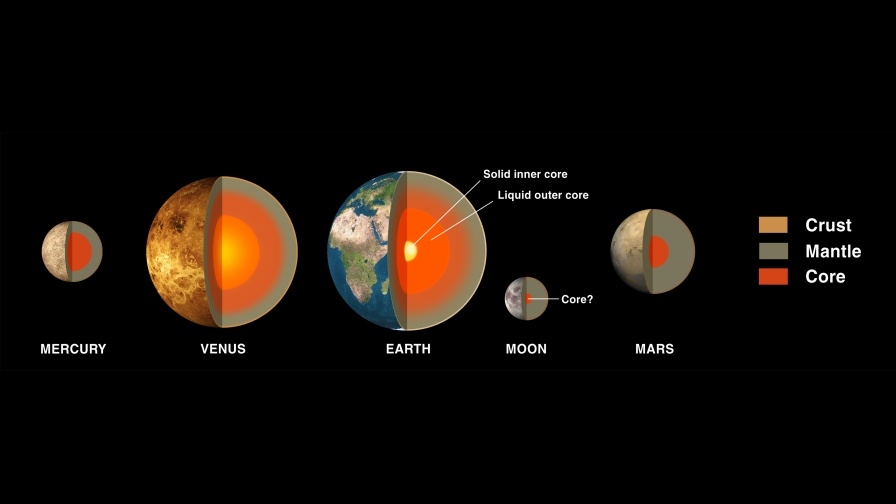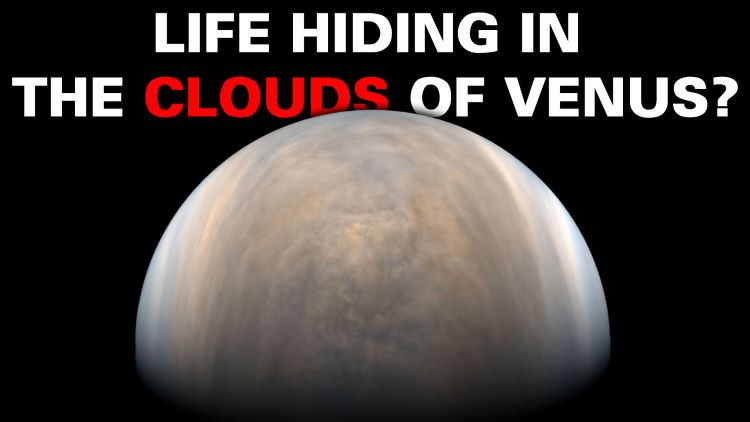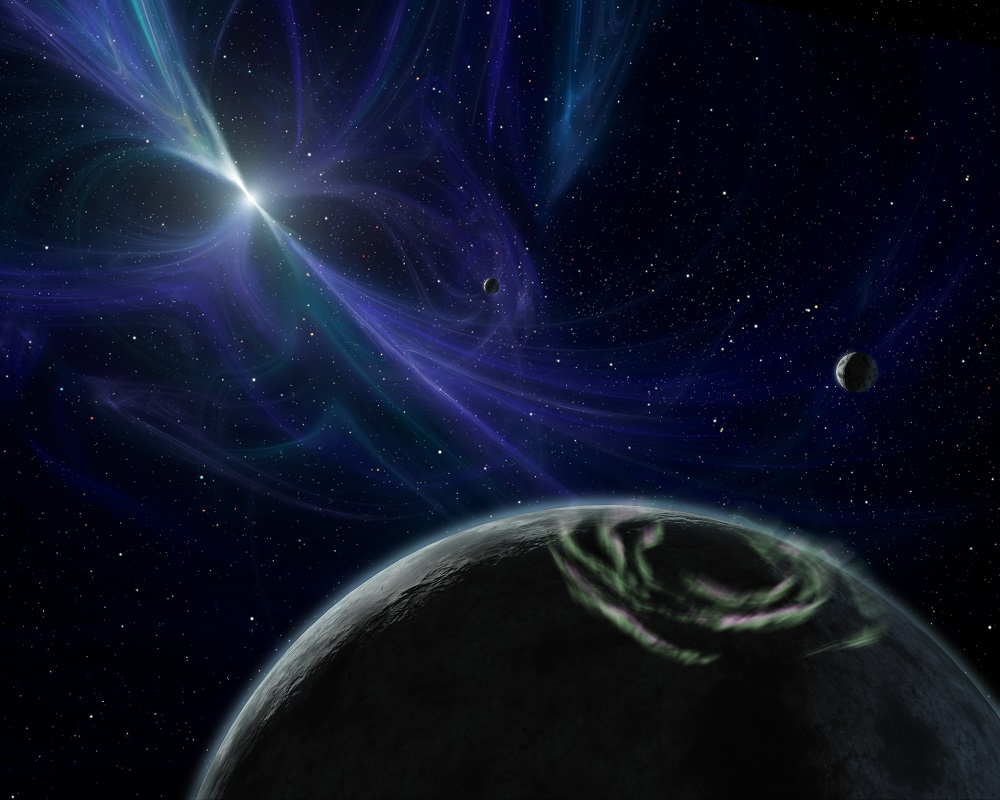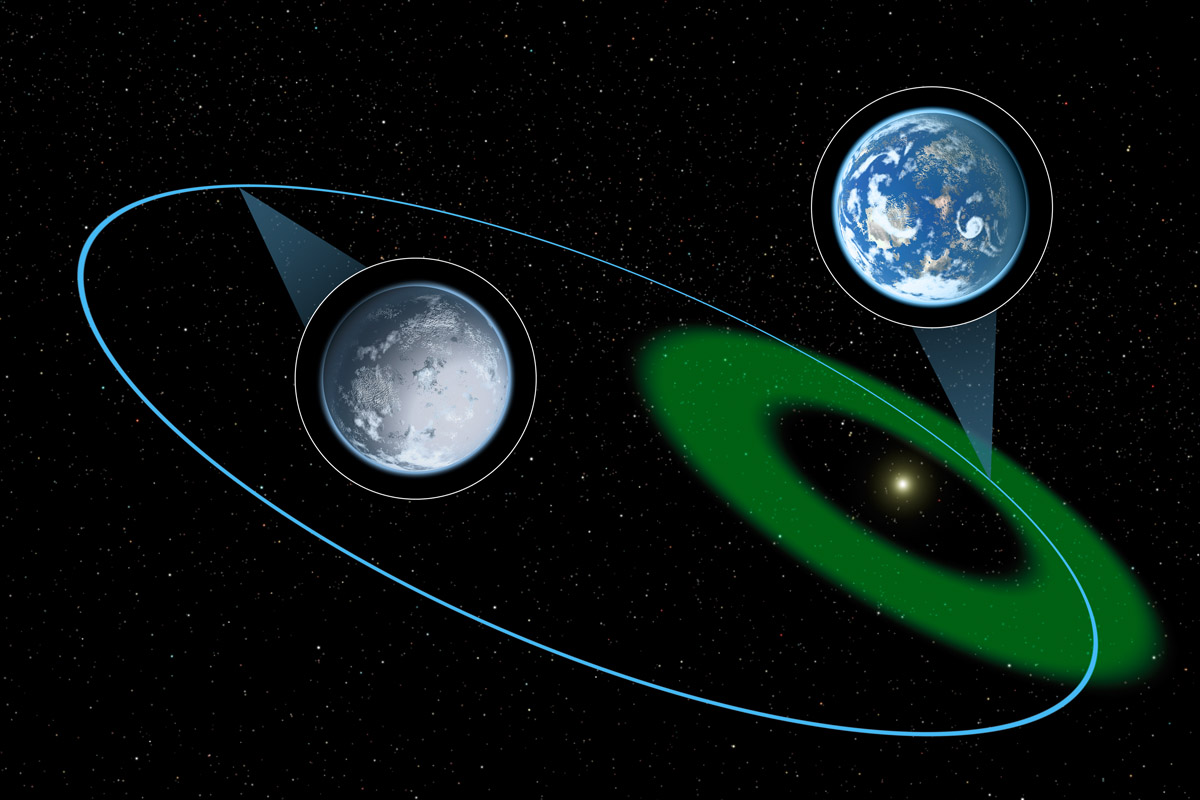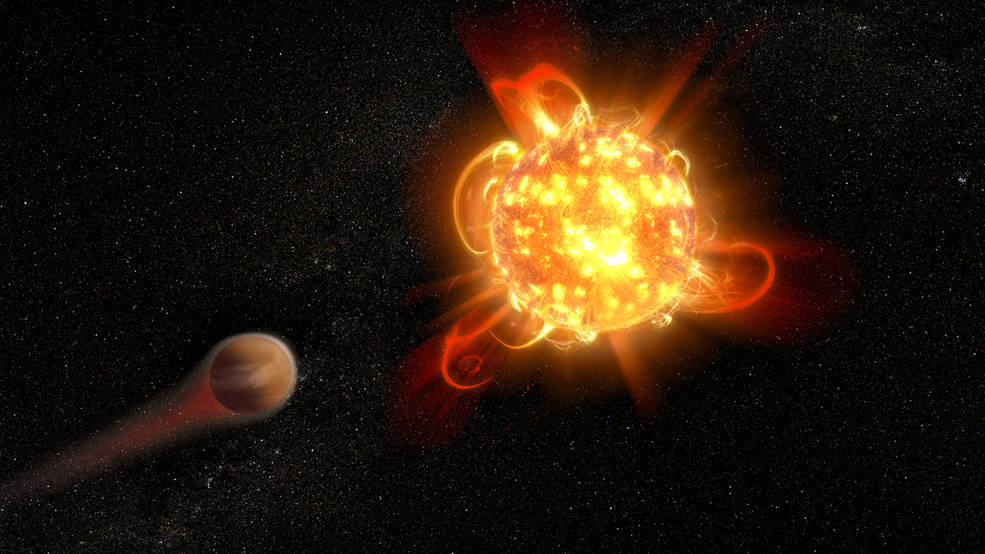Universe Today has conducted some incredible examinations regarding a plethora of scientific fields, including impact craters, planetary surfaces, exoplanets, astrobiology, solar physics, comets, planetary atmospheres, planetary geophysics, cosmochemistry, meteorites, and radio astronomy, and how these disciplines can help scientists and the public gain greater insight into searching for life beyond Earth. Here, we will discuss the immersive field of extremophiles with Dr. Ivan Paulino-Lima, who is a Senior Research Investigator at Blue Marble Space Institute of Science and the Co-Founder and Chief Science Officer for Infinite Elements Inc., including why scientists study extremophiles, the benefits and challenges, finding life beyond Earth, and proposed routes for upcoming students. So, why is it so important to study extremophiles?
Continue reading “Extremophiles: Why study them? What can they teach us about finding life beyond Earth?”Extremophiles: Why study them? What can they teach us about finding life beyond Earth?


